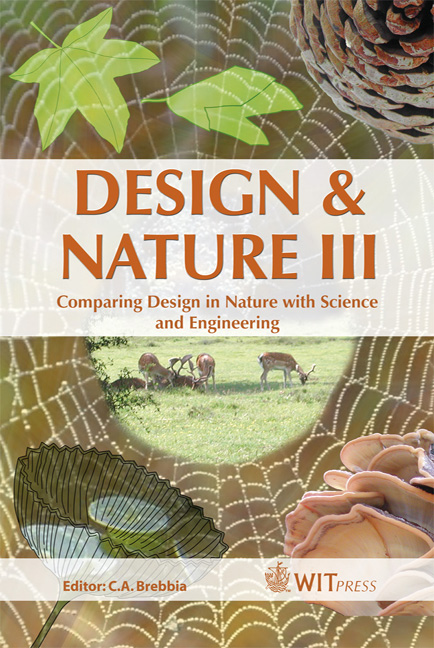Active And Adaptive Sustainable Environments For Children’s Outdoor Space
Price
Free (open access)
Transaction
Volume
87
Pages
10
Published
2006
Size
477 kb
Paper DOI
10.2495/DN060291
Copyright
WIT Press
Author(s)
M. Winkler & S. Macaulay
Abstract
The slow and often cantankerous momentum of transforming children’s school grounds and public open space areas in to stimulating environments for learning has grown steadily over the past decades. In North American, Europe and Asia partnerships have been formed between school communities, school boards, politicians, big business, and NGO’s (non-government organization), to develop, design, and convert often bleak landscapes in to rich and diverse natural environments with plentiful curriculum, play and environmental connections. This process primarily focuses on the initial and immediate physical outcome of the capital venture. There is generally limited consideration for the long term sustainability and integrity of the site. Multi-disciplinary professionals often neglect understanding that a completed landscaped site is dynamic, not static, in terms of natural processes, physical forms, social needs and practical functions. Issues include the selection of natural and manufactured materials for short and long term durability, disposability and sensitivity to the environment; visual enjoyment and inherent appreciation of material weathering; foreseen and unforeseen maintenance costs. These matters need to be addressed upfront in the design process and not be relegated as an afterthought. Only then can we attempt to ensure that material selection, installation techniques and monitoring of the site can effectively and economically support an active and adaptive sustainable environment for children’s current and future outdoor spaces. Keywords: design, natural, open space, children, plant materials, sustainability, environment, communities, school grounds, hard landscape materials. 1 Introduction The design process for the creation of children’s outdoor urban space has evolved over many decades. In the 1950’s North American school yards and
Keywords
design, natural, open space, children, plant materials, sustainability, environment, communities, school grounds, hard landscape materials.





